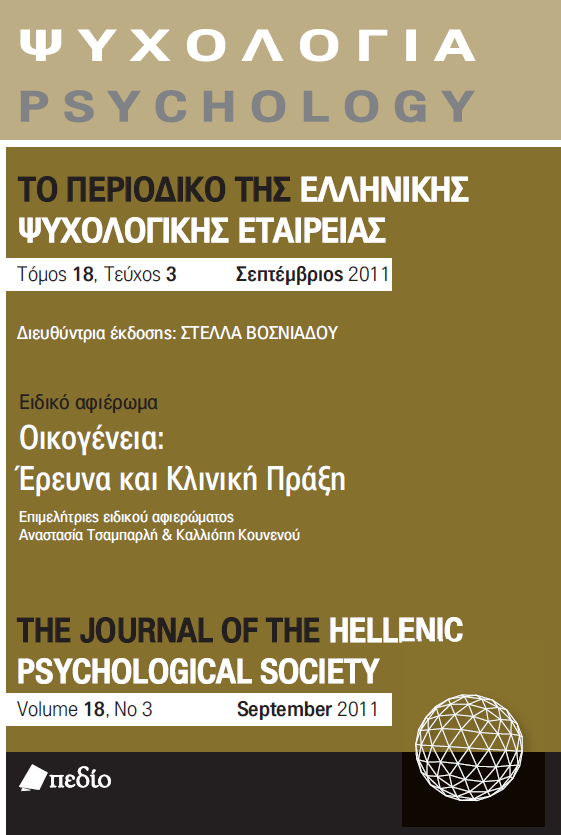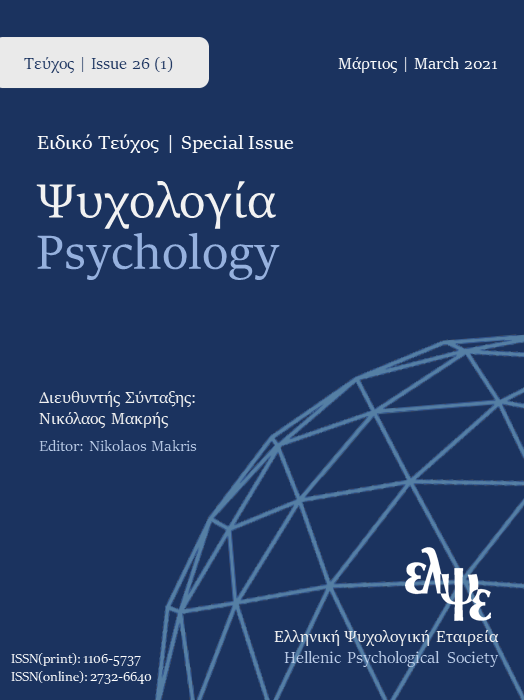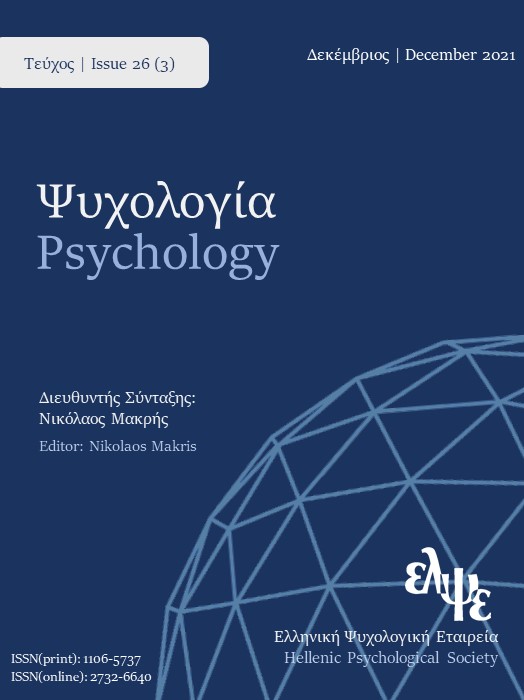Parenthood and Twinship: A double challenge

Abstract
Ιn the present paper the transition to parenthood of twins and the developmental process of the relationship between parents and their twins from the prenatal period up to adolescence are described and discussed. Our interest is focused on the distinctiveness of this relationship and the issues arising in every developmental step of twins. It is a double challenge for parents. On the one hand they should respond effectively to their role as parents and on the other hand they should simultaneously face the needs of two different children, with all the difficulties involved. In the present work the significance of the twins’ differentiation by their parents while they are still in the prenatal period, is emphasized as it is an important issue for the prevention of comparison, tension or jealousy that are harmful to the twin bond. The realisation that every twin child is different brings out the developmental advantages of twinship (companionship, empathy, cooperation etc) and diminishes the stereotypical view summarized in the phrase “for problem see twin”, which is being questioned by contemporary
naturalistic studies on the subject. Identifying the developmental advantages of twinship is a critical factor for the growth of emotionally healthy twins who respect and appreciate themselves and their relationship.
Article Details
- How to Cite
-
Μαρκοδημητράκη Μ. (2020). Parenthood and Twinship: A double challenge. Psychology: The Journal of the Hellenic Psychological Society, 18(3), 381–396. https://doi.org/10.12681/psy_hps.23729
- Issue
- Vol. 18 No. 3 (2011)
- Section
- SPECIAL SECTION

This work is licensed under a Creative Commons Attribution-ShareAlike 4.0 International License.
The journal PSYCHOLOGY adopts a Platinum open-access policy. Submission, processing or publication costs are waived by the Hellenic Psychological Society. Papers published in the journal PSYCHOLOGY are licensed under a 'Creative Commons Attribution-ShareAlike 4.0 International' licence. The authors reserve the copyright of their work and grant the journal the right of its first publication. Third-party licensees are allowed to use the published paper immediately after publication as they wish, provided they retain the defined by the license copyright formalities, regarding the reference to its author(s) and its initial publication in the journal PSYCHOLOGY. Moreover, any adjusted work should be shared under the same reuse rights, so with the same CC license.






